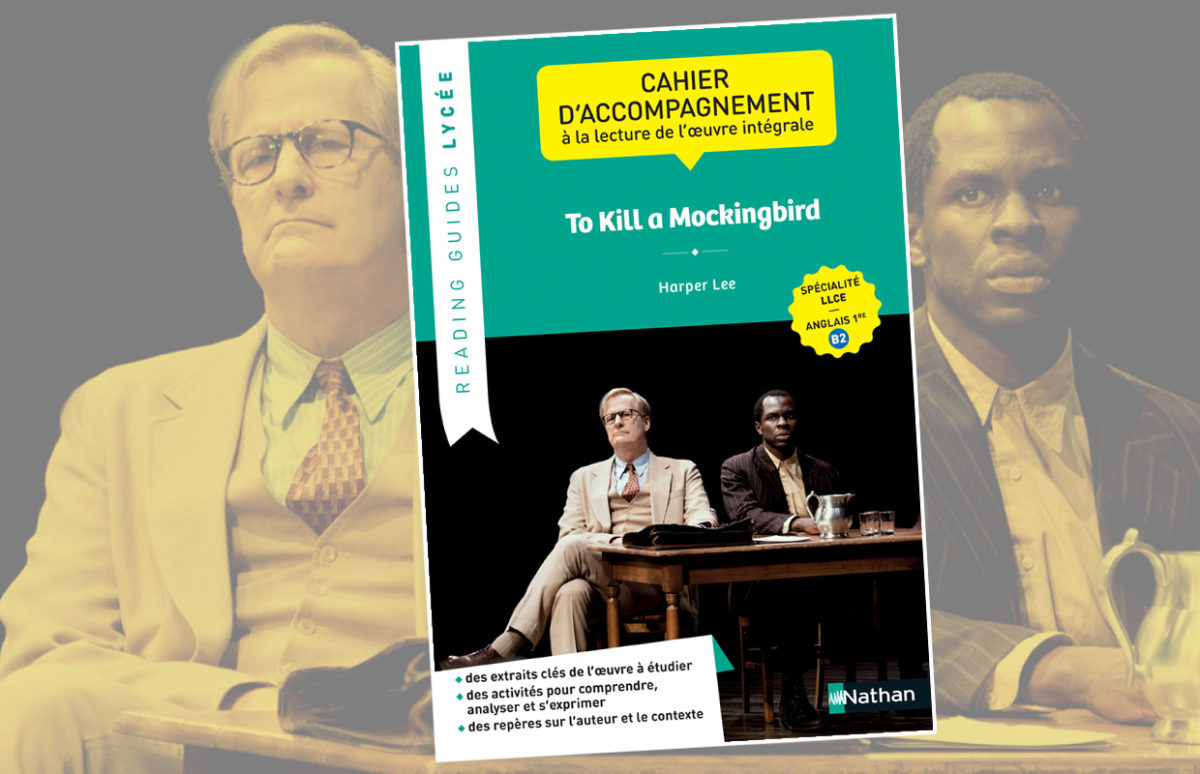
In our series of author videos presenting our Reading Guides, here’s To Kill a Mockingbird by Harper Lee presented by its author Lynda Itouchène. Find out more about the guide on the site compagnon.
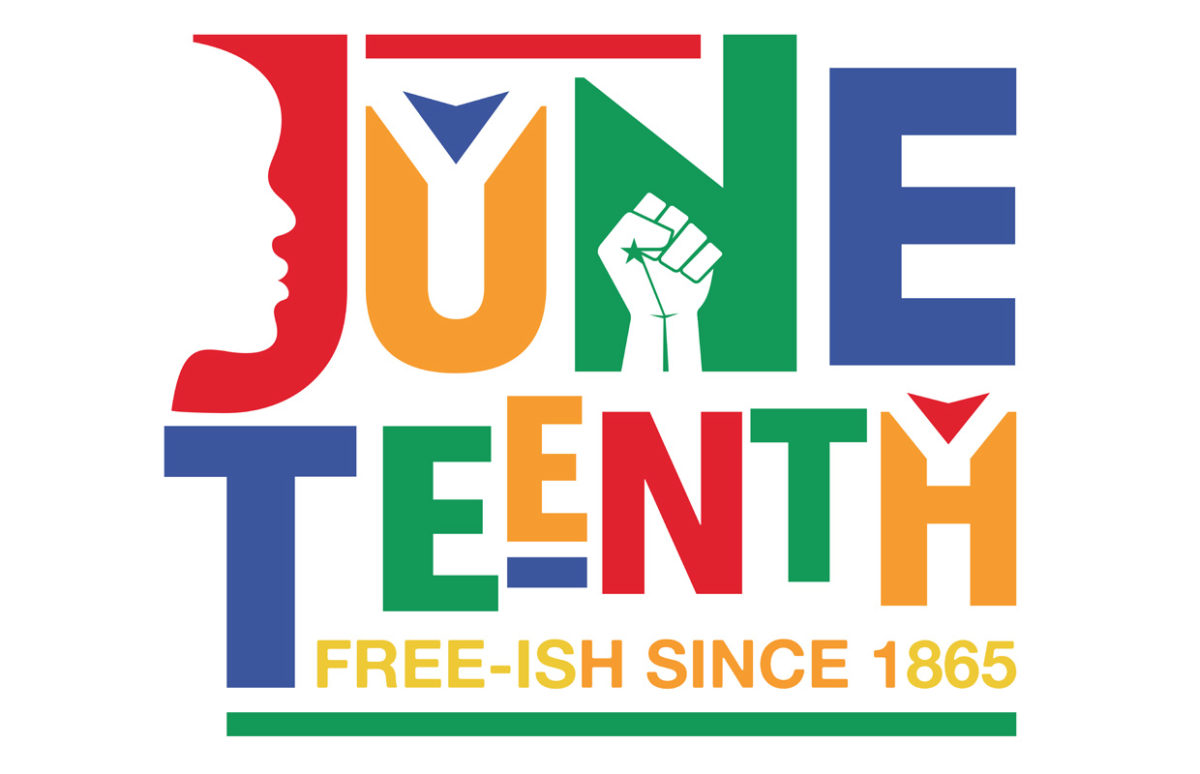
Juneteenth (19 June) marks the day when the most distant part of the United States received news of the end of slavery. On 19 June 1865, the enslaved people of Galveston, Texas finally discovered that Abraham Lincoln’s Emancipation Proclamation had actually freed them two-and-a-half years earlier. As of 17 June 2021, it will be a … Continue reading “Juneteenth Becomes a Federal Holiday”
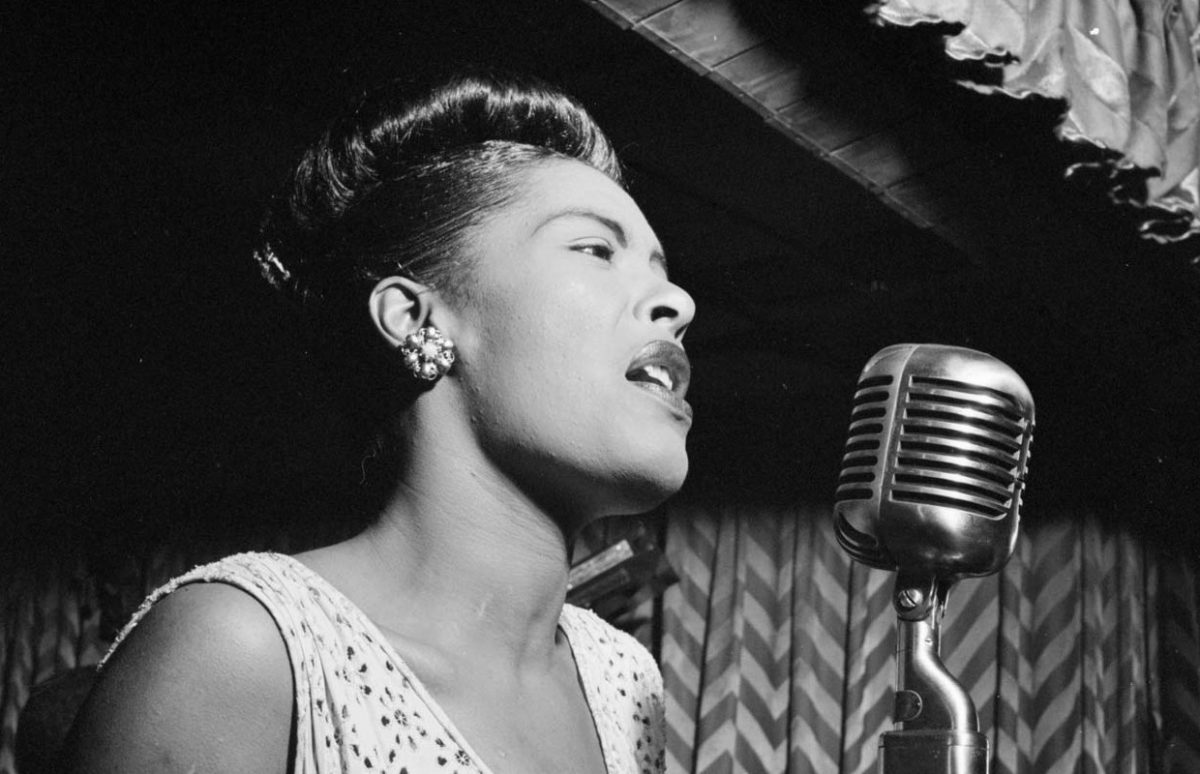
Jazz singer Billie Holiday’s 1939 recording of “Strange Fruit” has become one of the most potent protest songs in U.S. history. Its images of lynched African Americans accompanied the civil-rights movement but still evoke uncomfortable truths today. The song was written by a Jewish Communist high-school teacher, Abel Meeropol. It was originally a poem, written … Continue reading ““Strange Fruit”: a Searing Protest Song”
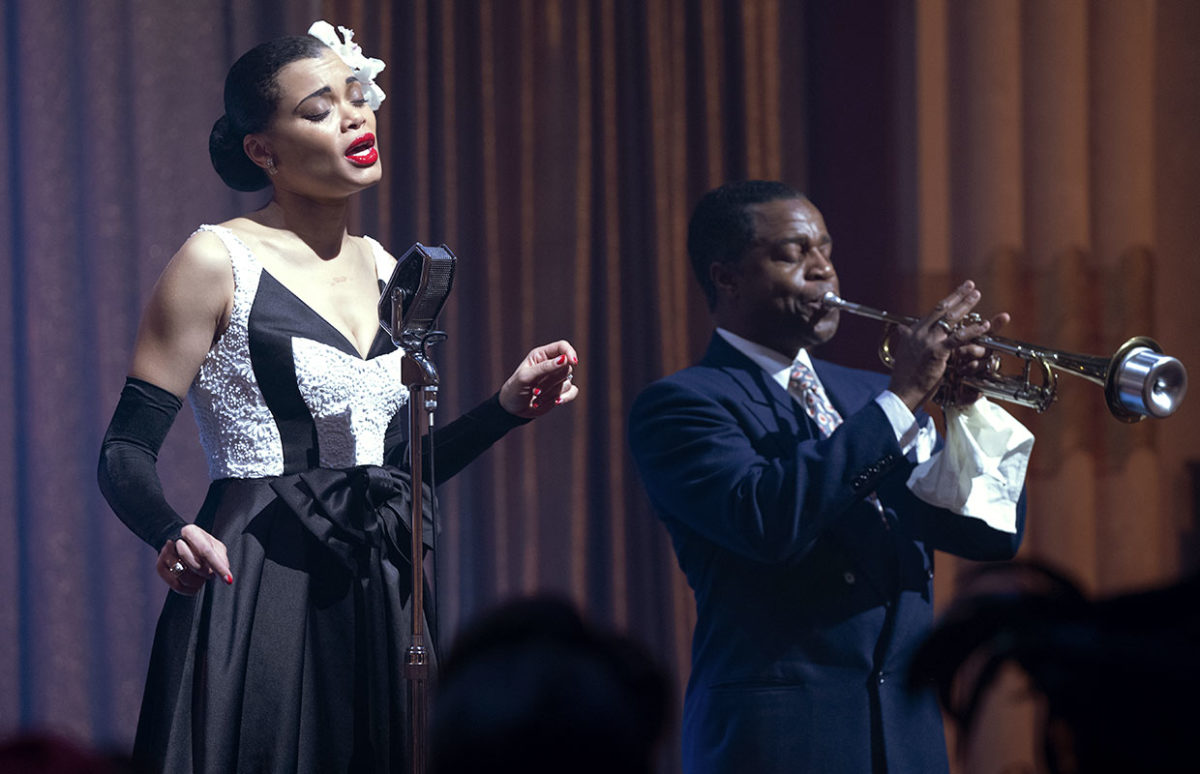
A new biopic of Billie Holiday alleges the blues singer was persecuted by the Federal Bureau of Narcotics over her support for the civil rights movement and her insistence on singing the powerful anti-lynching anthem “Strange Fruit.” Jazz singer Andra Day won a Best Actress Golden Globe for her portrayal of Holiday. The United States … Continue reading “Billie Holiday: Blues and Civil Rights”
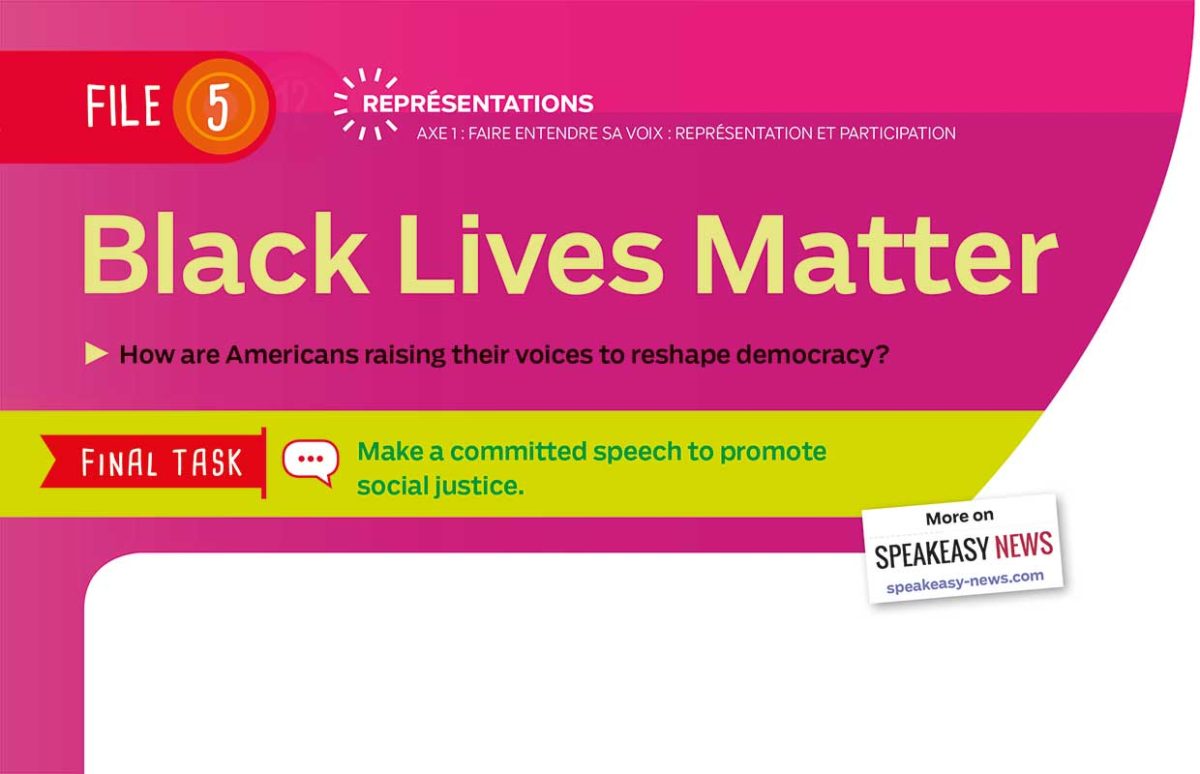
In our series of author videos presenting different chapters of Shine Bright AMC, here is File 5 Black Lives Matter, presented by its authors Lynda Itouchène and Laura Pires. This file fits into the Première theme Représentations Axe 1 Faire entendre sa voix : représentation et participation. You can browse this file and all the … Continue reading “Shine Bright AMC File 5 Black Lives Matter”
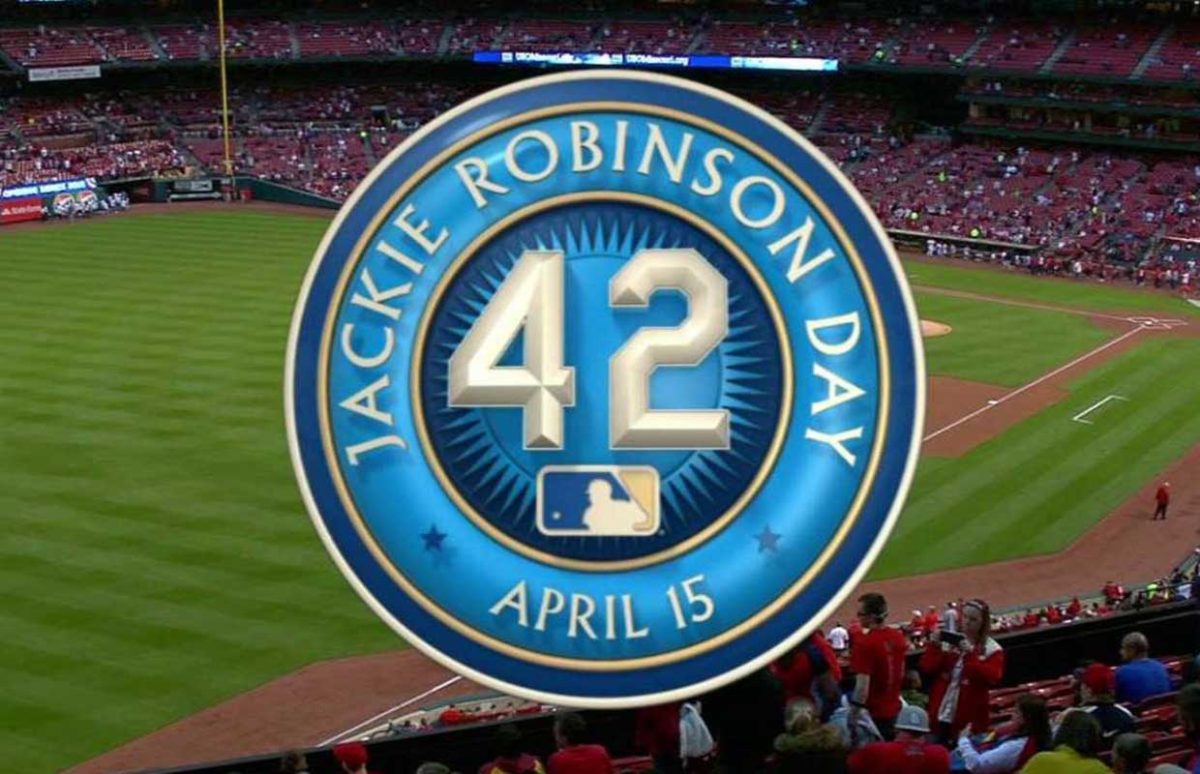
On 15 April every year, all professional baseball teams in America celebrate Jackie Robinson Day, in honour of the player who “broke the color bar”, becoming the first African-American player in Major League Baseball. In post-WWII U.S.A., professional baseball, like so many other things, was segregated. African-Americans could only play in the Negro Leagues, not … Continue reading “Celebrating Jackie Robinson Day”
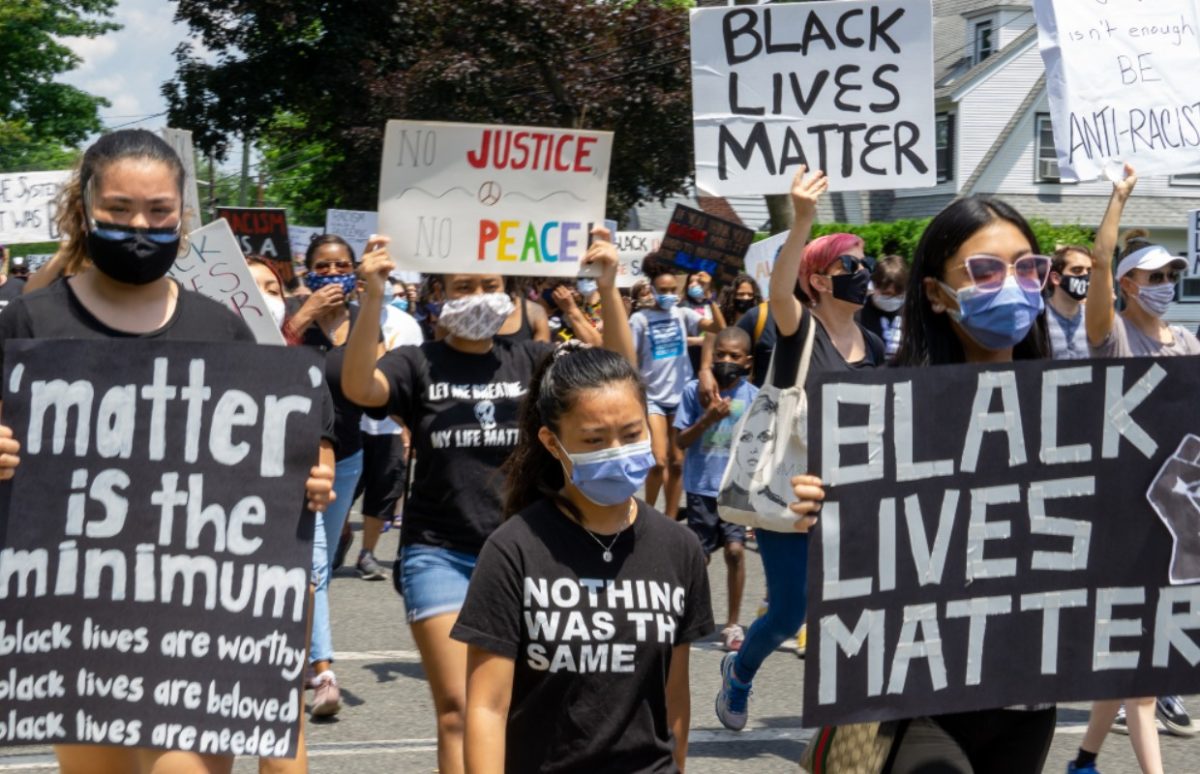
The Black Lives Matter movement has been awarded Sweden’s Olof Palme civil-rights prize, and has been nominated for the Nobel Peace Prize. The Olof Palme Prize was created in memory of the Swedish Prime minister and human-rights advocate who was assassinated in 1986. Its jury noted that although Black Lives Matter was founded in 2013, … Continue reading “Black Lives Matter Honoured”
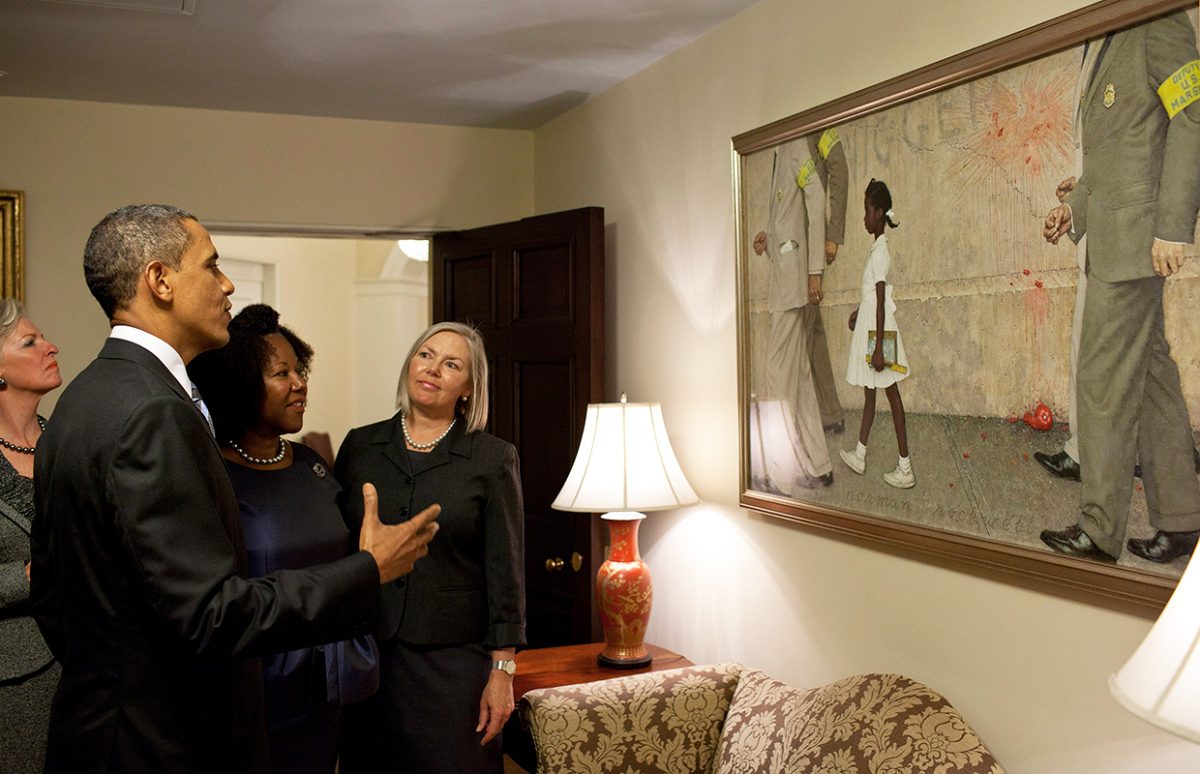
Ruby Bridges didn’t choose to become a civil-rights icon. It was her parents who, in 1960, chose to accept that their 6-year-old daughter would be the first African-American child to integrate a white school in the American South. But as an adult, Bridges, who was immortalised by Norman Rockwell, has fought indefatigably for civil rights … Continue reading “Ruby Bridges, Civil-Rights Icon”
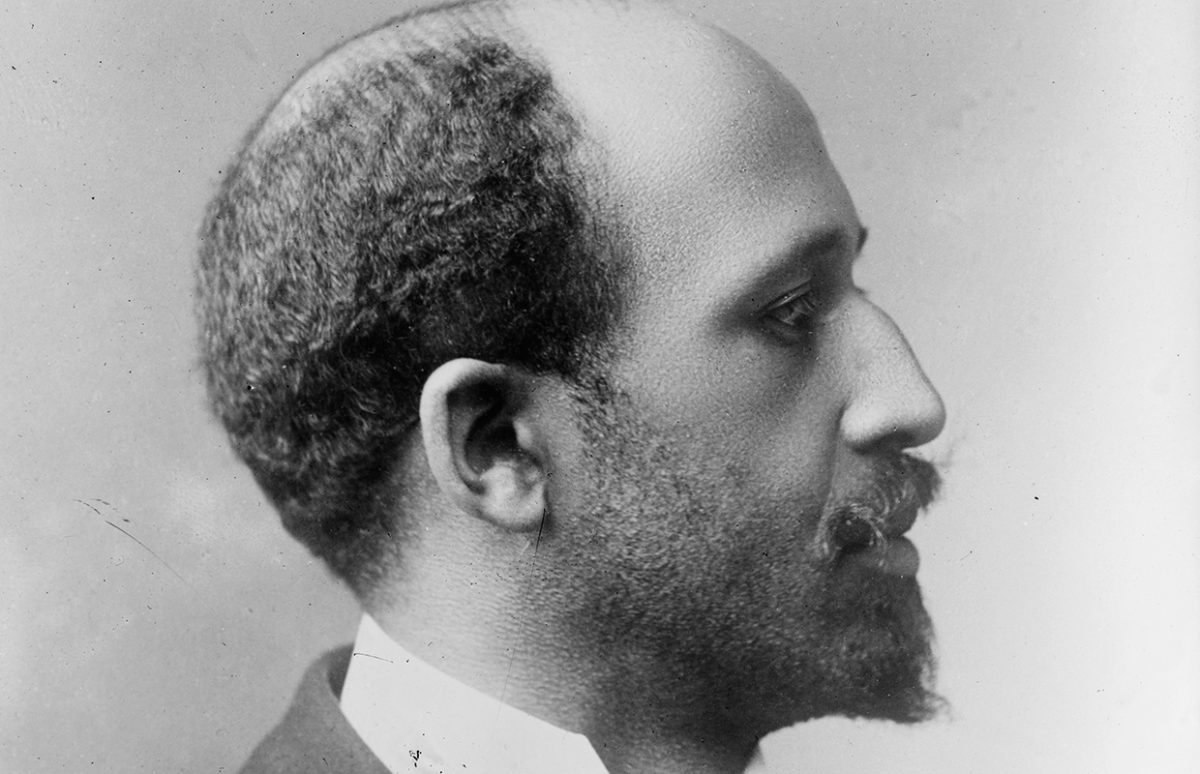
This selection of sites and videos is useful for classes on African American history and culture, particularly the civil-rights movement and the Harlem Renaissance America’s Library is a minisite from the Library of Congress written for native-speaking children. It’s very simple and clear. It has sections about WEB Dubois (see our article on the Color … Continue reading “African American History on the Web”
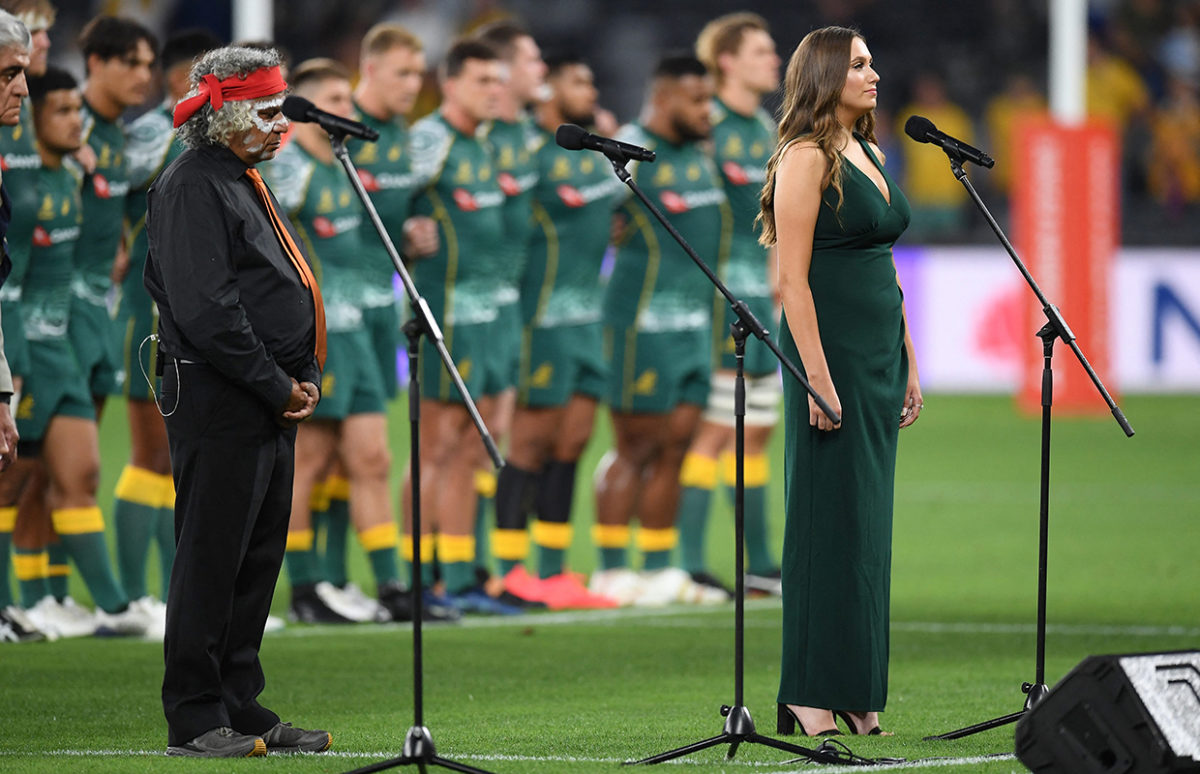
Australia started the new year with a change in its national anthem designed to be more inclusive of all Australians. On 31 December, Conservative Prime Minister Scott Morrison announced the change of a single word that is heavy with significance. The words of “Advance Australia Fair” included the line “For we are young and free”. … Continue reading “Change in Australia’s National Anthem to Reflect Indigenous Heritage”















